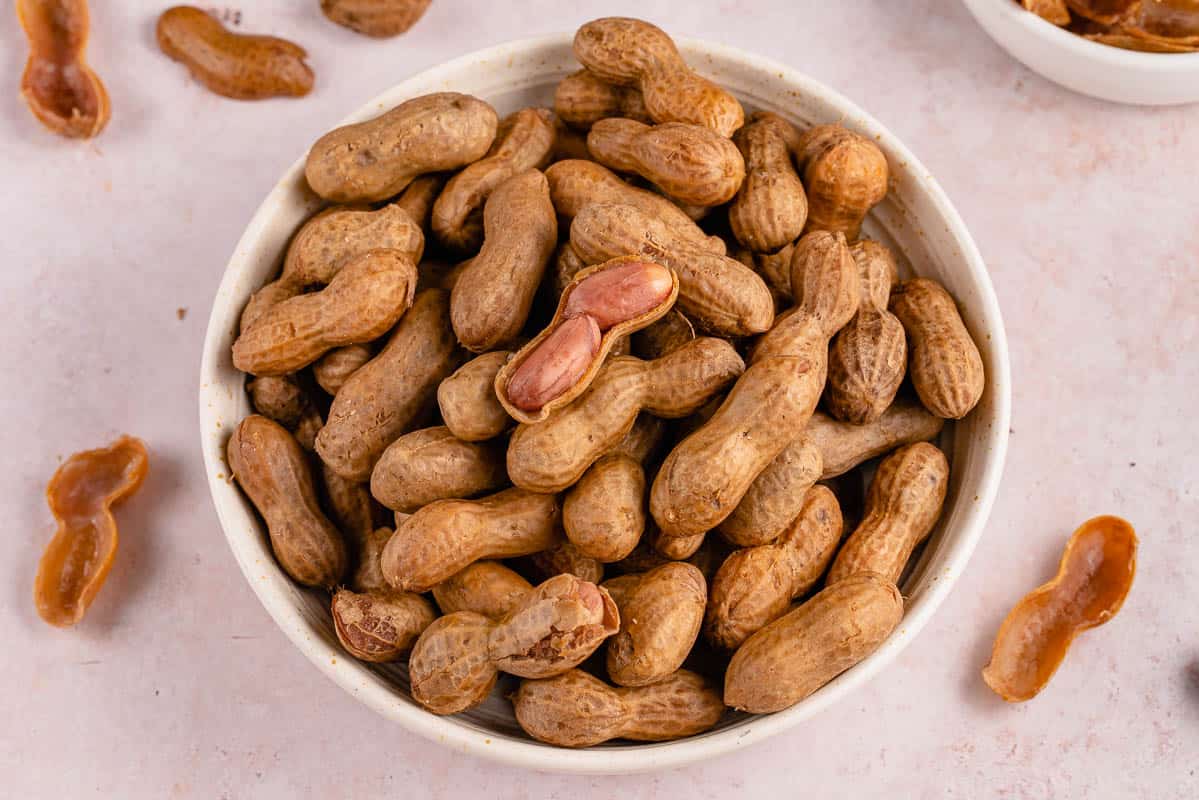In ancient Peruvian culture, even the dead ate peanuts. Originating from the peaks of the Andes mountains, peanuts are not nuts at all but legumes and are more closely related to beans than cashews. For approximately 7,500 years, peanuts survived as a popular staple in humanity’s diet, and, in ancient times, religious rituals offered peanuts as sacrifices to the gods. Peanuts emerged in nearly every market around the world, including those from bygone eras, and possess medicinal properties. However, beyond being a beloved snack, these unassuming plants offer a unique lens into the essential elements of Peruvian culture.

Sacred Seeds
There are numerous reasons why pre-Hispanic Andean societies considered peanuts to be essential to their way of life. Peanuts store exceedingly well, make for great agricultural tributes, and are highly nutritious [1]. Known for their high fat and protein contents, peanuts are a great source of B vitamins and various minerals, such as copper or chromium [2]. Beyond nutrition facts, Incan societies associated peanuts with both Mother Nature and the Grim Reaper due to the crop’s subterranean development [3]. Documented by scholars, such as Arsenault and Chicoine, devouring peanuts often accompanied Andean ritualistic acts and were among a select few crops incorporated in offerings to the creator god, Viracocha [4]. At late Moche sites, peanuts were the second most consumed crop after maize, and they were featured in performance feasts or festivals carried out for a community-wide audience [5]. Likewise, the Incan people commonly used peanuts as food for the afterlife in their burial rites. [6]. Today, festivals and gatherings feature “mazamorra morada,” a sweet purple corn pudding adorned with peanuts. This delightful peanut dessert reflects unity and festivity, like fireworks on New Year’s or team colors on game day, while also satisfying sweet cravings.
In addition to rituals and festivities, pre-Hispanic Andean societies culturally honored peanuts through expressions of creative skill. The oldest documents featuring peanuts, or groundnuts, are in the form of art, peanut designs on jars, or jars shaped like peanuts, dating back to 3,500 years ago [7]. Predating the Inca by 300 years, Moche society revered peanuts as a valuable part of their communities so abundantly that they fashioned artwork in its image. Among the outstanding examples of Moche craftsmanship appears a striking ceramic container in the style of a half man, half peanut, highly decorative and functional [8]. This container, among other supplies, transported an important Moche lord through his voyage into the afterlife [9]. The presence of this nod to the peanut indicates this crop’s importance to many ancient Peruvian civilizations.

Peanuts as Cultural Connectors
While peanuts certainly bridged the differences between ancient societies, they also serve as cultural connectors today.Peanuts are one of the few crops that have traveled the world and managed to bind its various cultures. During Spain’s colonial period, Spanish conquistadors crossed paths with this humble seed in an ancient South American market, introducing it into their own trade routes. Its enterprise in the world allowed it to undergo various identities, from livestock food to war savior [10]. American colonists, during the 1700s, found producing peanuts difficult and regarded them as only fit for their livestock or the poor. However, by the nineteenth century, with the emerging Civil War, peanut popularity rose as soldiers used them to counter their declining health [11]. Today, advertisements feature peanuts abundantly in comic books circuses, and even as a highly popular spread on anything from bread to leather (very unusual). So, the next time you savor the crunch of a Peruvian peanut, remember that you’re biting into a piece of history—a taste that transcends borders.
Popular Peanut-related Recipes
[1] Lindi J. Masur et al.”Peanuts and Power in the Andes: The Social Archaeology of Plant Remains from the Virú Valley, Peru,” Journal of Ethnobiology, 38(4), 589-609, (21 December 2018) https://openverse.org/image/cc659e7a-51cb-444f-8ec6-6dba98e02dca?q=Aji%20amarillo.
[2] Lindi J. Masur, “Peanuts and Power in the Andes: The Social Archaeology of Plant Remains from the Virú Valley, Peru,” https://openverse.org/image/cc659e7a-51cb-444f-8ec6-6dba98e02dca?q=Aji%20amarilloLinks to an external site.
[3] Masur, “Peanuts and Power in the Andes” https://openverse.org/image/cc659e7a-51cb-444f-8ec6-6dba98e02dca?q=Aji%20amarillo.
[4] Masur, 38(4), 589-609
[5] Masur, 38(4), 589-609
[6] Bartolome de las Casas, “Historia de las Indias, volume 5,” Food origins, February 1, 2024, https://tenochtitlan.omeka.net/items/show/25Links to an external site..
[7] Bartolome de las Casas, “Historia de las Indias, volume 5,” https://tenochtitlan.omeka.net/items/show/25.
[8] Bartolome de las Casas, “Historia de las Indias, volume 5,”
[9] Bartolome de las Casas, “Historia de las Indias, volume 5,”
[10] Oder, Tom. “How Peanuts Changed the World.” Treehugger, June 5, 2017. https://www.treehugger.com/how-peanuts-changed-world-4863241.
[11] Oder, Tom. “How Peanuts Changed the World.” https://www.treehugger.com/how-peanuts-changed-world-4863241.
[11] Oder, Tom. “How Peanuts Changed the World.” https://www.treehugger.com/how-peanuts-changed-world-4863241.

